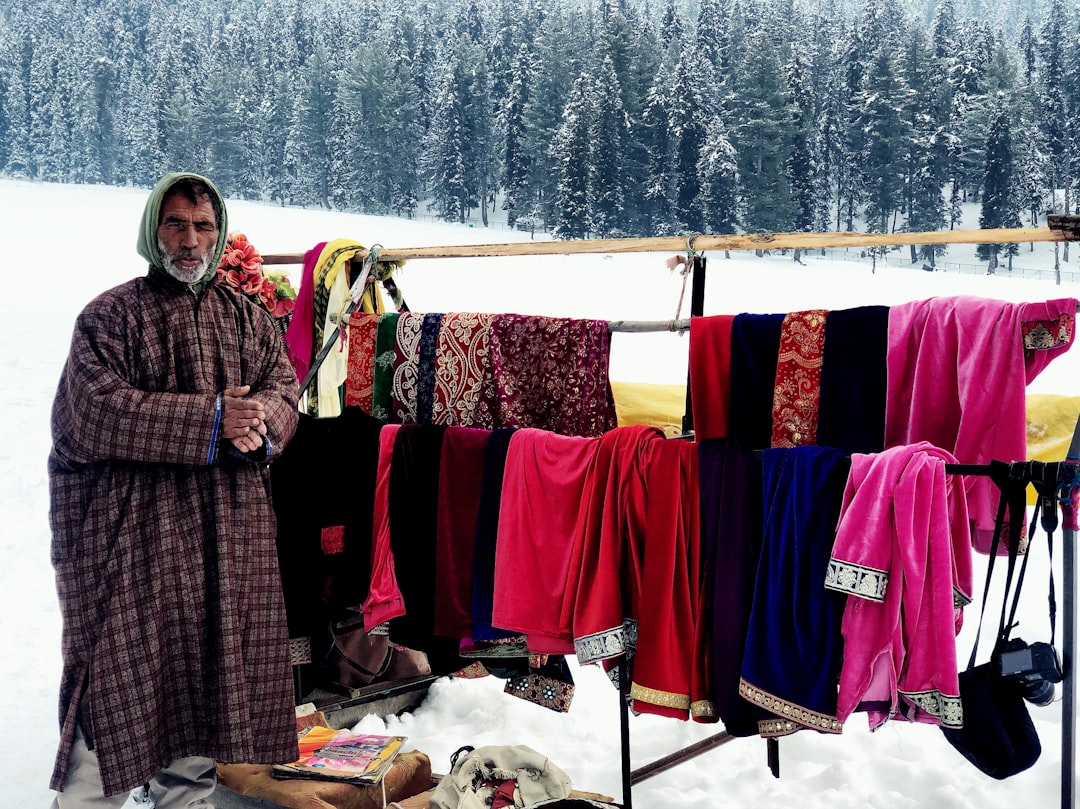What is it about?
According to the United Nations Convention on the Rights of the Child, children have the right to express their views in all matters affecting them, and to have them considered and given due weight. Importantly, children’s participation is most meaningful when rooted in children’s everyday lives, and its promotion should be encouraged from the youngest ages, especially in early childhood education and care (ECEC). However, the promotion of children's participation in this specific context is not always a reality, and professionals still face many challenges when trying to ensure the participation of all children. This article aims to apply the Lundy model of participation, widely used in policy, practice and professional development initiatives, to the ECEC context. Relying on examples provided by ECEC professionals from Belgium, Greece, Poland, and Portugal, it illustrates the implementation of the elements of space, voice, audience and influence, proposed by the Lundy model. Further, the article discusses the interrelations among these elements and the need for organisational and contextual support to enhance children’s participation.
Featured Image

Photo by Tanaphong Toochinda on Unsplash
Why is it important?
The article draws the attention of ECEC professionals and other relevant stakeholders to how the Lundy model of participation can be used in this very specific field. At the same time, it shows the complexity of children’s participation in ECEC, and the the importance of conceptualising it as a multidimensional construct and a multilayered process.
Perspectives
This article is an output of the PARTICIPA Erasmus+ project. The authors hope it may inspire positive changes towards increased and meaningful children's participation in ECEC.
Nadine Correia
ISCTE-Instituto Universitario de Lisboa
Read the Original
This page is a summary of: Children’s Right to Participate: The Lundy Model Applied to Early Childhood Education and Care, The International Journal of Children s Rights, June 2022, Brill,
DOI: 10.1163/15718182-30020010.
You can read the full text:
Resources
Contributors
The following have contributed to this page










